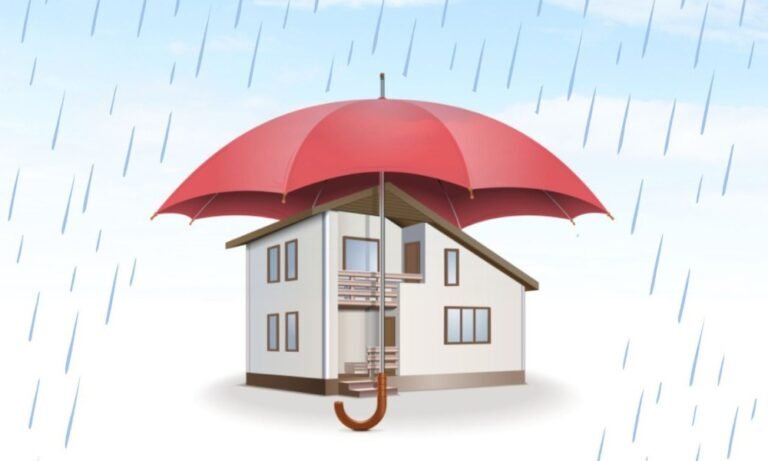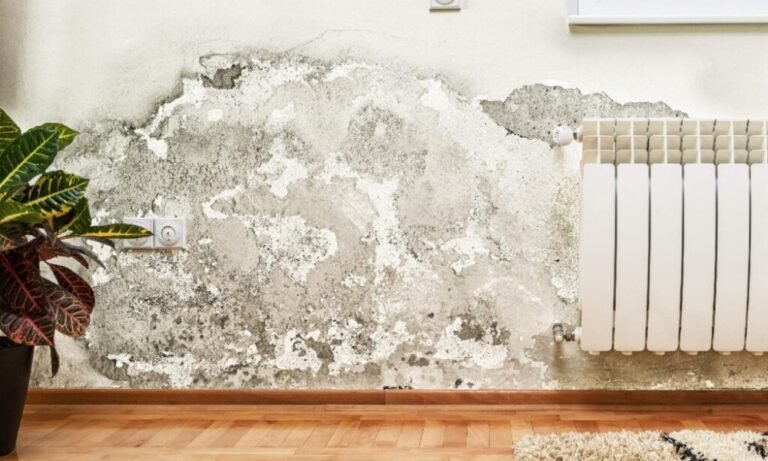Estimated reading time: 5 minutes
Over the years, I’ve encountered countless mistakes that could have been avoided with a little foresight and the right approach. Whether you’re dealing with persistent moisture problems or looking to prevent issues in the first place, understanding what not to do is just as important as knowing what works. Let’s take a closer look at how to protect your home from dampness without falling into common traps.
Here’s what you’ll learn today:
- Recognizing early signs of moisture damage.
- Avoiding cookie-cutter solutions.
- Why DIY might not always be the best choice.
- Tips for picking the right strategies and materials.
- How to maintain long-term moisture protection.
1. Ignoring the Early Signs
When it comes to moisture issues, small signs like peeling paint or a faint musty odor are red flags you shouldn’t ignore. These aren’t just cosmetic nuisances—they’re warnings that water has found its way into your home. Left unchecked, minor issues can escalate, leading to structural damage, mold growth, and skyrocketing repair bills.
I’ve seen homeowners shrug off small patches of discoloration, only to face costly repairs down the road. If you’re unsure about the warning signs, check out my guide on spotting dampness in walls and floors.
2. Relying on One-Size-Fits-All Solutions
Every home is unique, so applying a “universal fix” to all moisture problems is bound to fail. For example, solutions for rising water in an older building might differ significantly from those needed for condensation in a modern apartment.
Instead of opting for generic fixes, focus on tailored methods that address the specific issue at hand. Whether it’s installing a waterproof membrane or fixing poor drainage, the right approach can make all the difference. For more insight into targeted strategies, see solutions for rising damp.
3. Attempting DIY Without Expertise
I understand the appeal of tackling home repairs on your own—it saves money and gives a sense of accomplishment. But with moisture control, DIY can often do more harm than good. Misapplied sealants, poorly installed barriers, or ignoring the root cause are mistakes I see all too often.
If you’re set on a DIY attempt, at least arm yourself with proper knowledge. And if things get complicated, don’t hesitate to call in a professional. Not sure when to seek help? Check out my article on hiring waterproofing experts.
4. Skimping on Materials
Using cheap or substandard materials might seem budget-friendly at first, but it often leads to bigger expenses later. Poor-quality membranes, for example, degrade quickly and fail to provide adequate protection. Similarly, using outdated solutions may not meet the demands of your property or local climate.
Invest in materials designed for durability and effectiveness. It’s one of those cases where you really do get what you pay for.
5. Treating Symptoms Instead of Causes
Applying a quick fix to visible problems without addressing their source is like treating a fever without curing the infection. I’ve seen homeowners paint over damp walls or use dehumidifiers without identifying why the issue arose in the first place.
The key is to diagnose thoroughly. Moisture meters and professional inspections can pinpoint the cause, whether it’s a leaking pipe, poor ventilation, or compromised foundations. For a deeper dive into common sources of moisture, see common causes and fixes.
6. Neglecting Maintenance

Even the best protective systems need occasional upkeep. Gutters clog, waterproof coatings wear down, and natural settling of your home can create new vulnerabilities over time. Skipping regular maintenance is like driving a car without ever changing the oil—it’s a recipe for disaster.
Set a schedule for inspections and small repairs to keep your home in tip-top shape. Simple steps like clearing gutters or checking for leaks can go a long way in preventing major headaches.
7. Failing to Embrace New Technology

The field of moisture control has come a long way, with advanced sensors, sealants, and coatings that offer better protection than ever. Yet, many homeowners stick with outdated methods, missing out on innovations that could save them time and money.
For example, smart devices now allow for real-time monitoring of humidity levels, giving you a heads-up before problems arise. If you’re curious about affordable upgrades, don’t miss my piece on cost-effective waterproofing tips.
8. Avoiding Professional Help for Complex Issues
Some issues, like chronic water ingress or structural dampness, require more expertise than the average homeowner possesses. Guesswork and trial-and-error approaches can make things worse, leading to higher repair costs.
A specialist can identify the underlying causes, recommend precise solutions, and ensure proper installation. If your problem feels overwhelming, read my advice on waterproofing for basement leaks.
Wrapping It Up
Protecting your home from moisture damage doesn’t have to be complicated, but it does require attention to detail and avoiding common pitfalls. By recognizing early signs, using high-quality materials, and choosing targeted solutions, you can safeguard your property for years to come.
If you’re unsure about the next steps, explore my blog for more practical tips and insights. Prevention is always better than cure, and with the right approach, you can keep your home safe, dry, and worry-free.
Remember, no quick fixes—just smart, effective solutions.



